What's the best method for compacting fill? - HENGDA RIC
updatetime:2023-02-15 08:25:33 pageviews:327views
Rolling is the fastest and most efficient compaction method for large fill areas. In small areas where large equipment can't reach, hand-held compactors can be used. Vibrating plate compactors are best for granular soils. For cohesive soils, rammers or impact type machines are recommended.
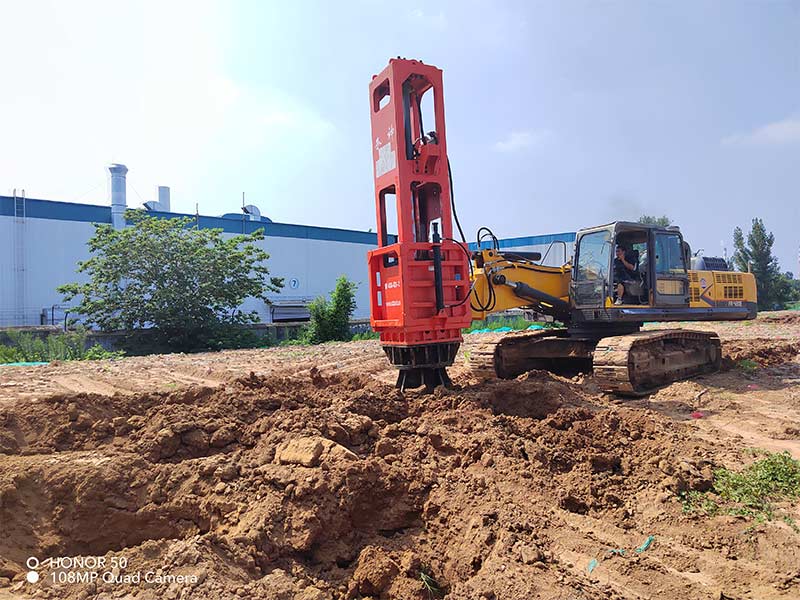
The RIC attachment currently being manufactured by Hangshen is mountable on a regular hydraulic crawler excavator in the 30t to 65t operating weight category. During controlled impact the RIC’s 1.5m diameter foot stays in contact with the ground, ensuring efficient impact energy transfer to the ground at all times. Energy is imparted by dropping the weight through a relatively small height of up to 1.2m at a rate of between 40 to 90 blows per minute.
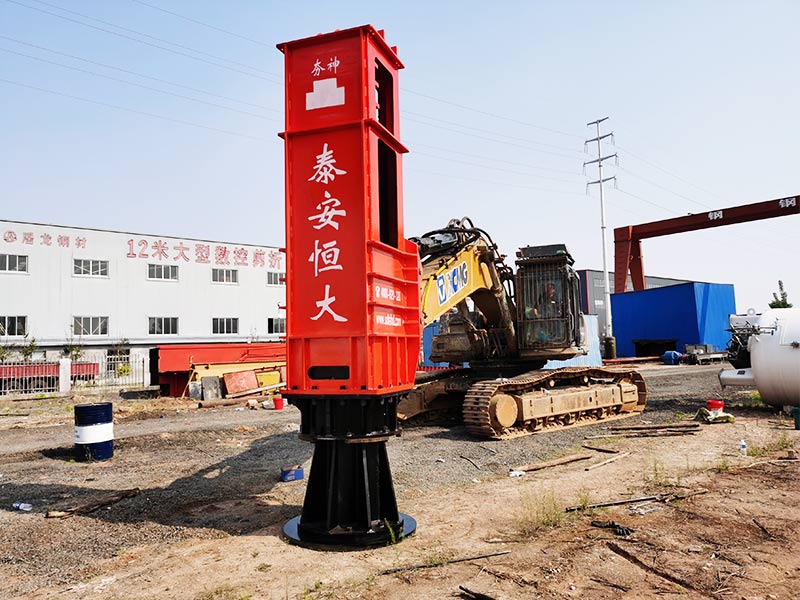
Most granular fills and some silts are compactable, The best results being achieved where the fill is well-graded particle size. An area of 800m² -16000m² can be covered in an average day (depending on the ‘blow-perposition’ setting.) This also allows time for routine maintenance and rotation of the special dolley pads located in the foot assembly which transfers the force of the blow through to the ground.
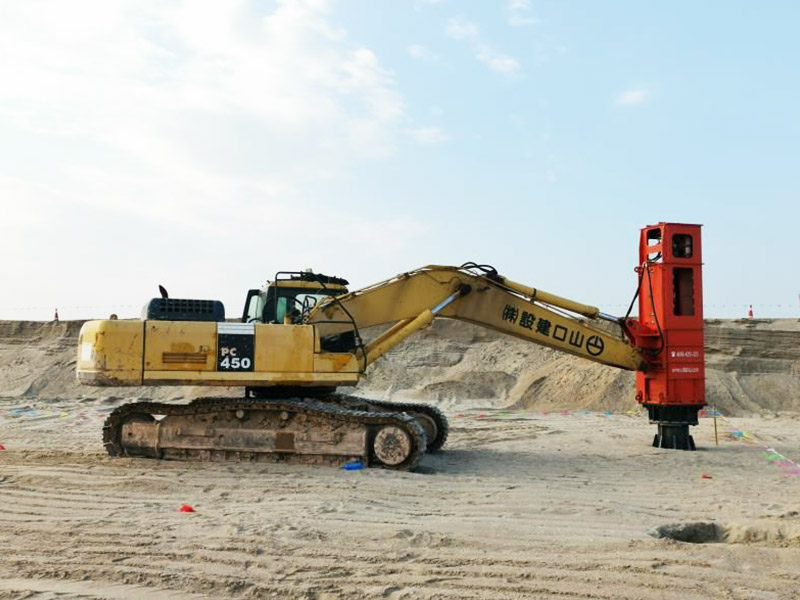
The energy and deflection of the soil is monitored and recorded at each location, which allows the geotechnical engineer to determine when effective treatment is complete. It also enables the engineer to identify weak zones (red dots) or debris zones throughout the pad so that any remedial actions that may be required can be minimized resulting in cost savings.
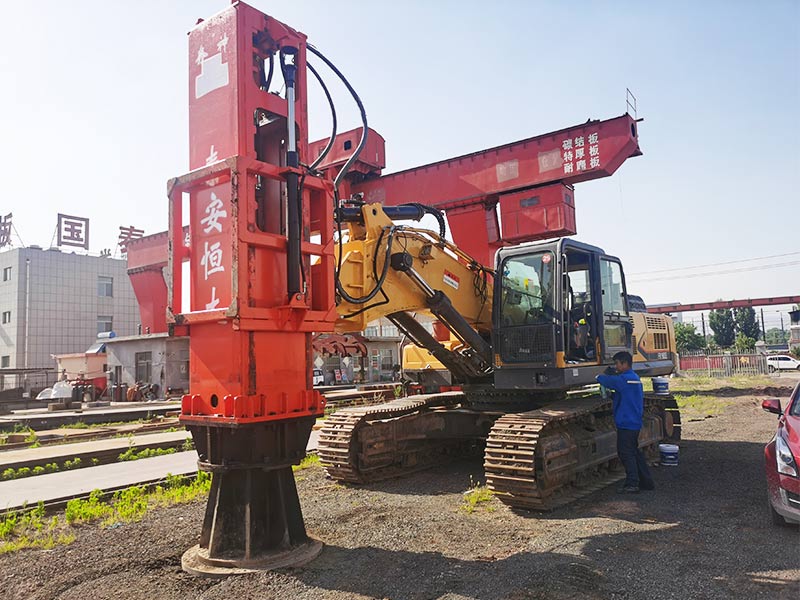
One advantage of RIC is that the drop height and number of blows can be varied based on the soil conditions. Through a test program, we will work with the Geotechnical Engineer of Record (GER) to determine the appropriate improvement criteria and RIC set-up for various areas of the site. For a site with a mixed soil profile and varying thicknesses of sand and clay, the ability to accurately control the amount of energy delivered to the ground is critical as it allows one to improve the loose overlying loose soil without liquefying the fine grained soils below – providing more uniform compaction.
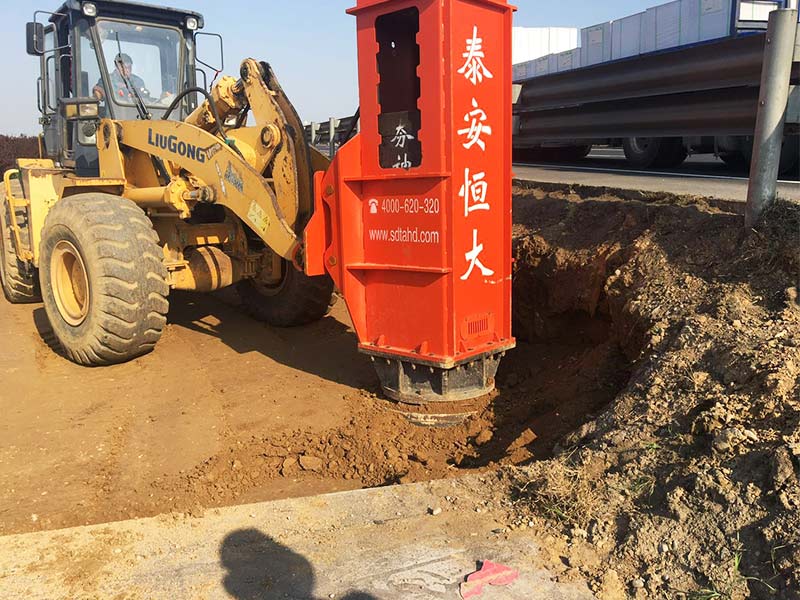
Rapid Impact Compaction (RIC) is a ground improvement technique that densifies shallow, loose and, granular soils. Soil treated by this method results in increased density, friction angle, and overall stiffness, which results in increased bearing capacity and decreased settlement of planned structures. Rapid Impact Compaction consists of an excavator-mounted, hydraulic pile-driving hammer repeatedly striking a circular plate that rests on the ground. Energy is then transferred to the ground safely and efficiently, as the RIC's foot remains in contact with the ground, which avoids concern over flying debris being ejected. Rapid Impact Compaction densifies loose-fill soils of up to 6 m deep or more. Additional benefits of rapid compaction include: an increase of the bearing capacity of the soils, minimization of settlement, and the creation of uniform support for foundation footing. Rapid Impact Compaction is an innovative solution when compared to the time and cost of over-excavation and re-compaction.

